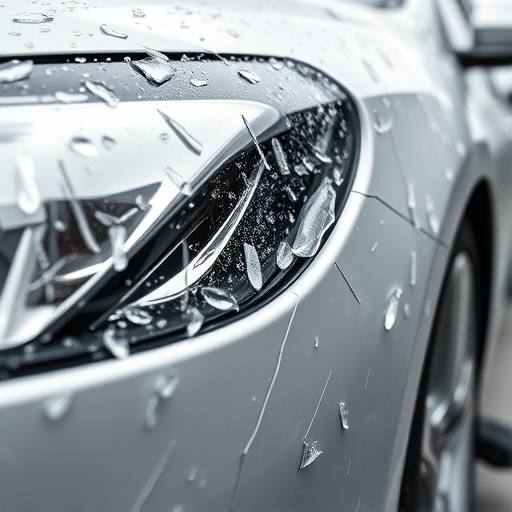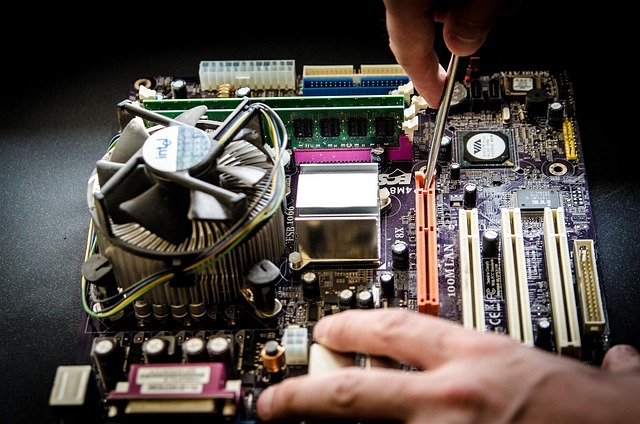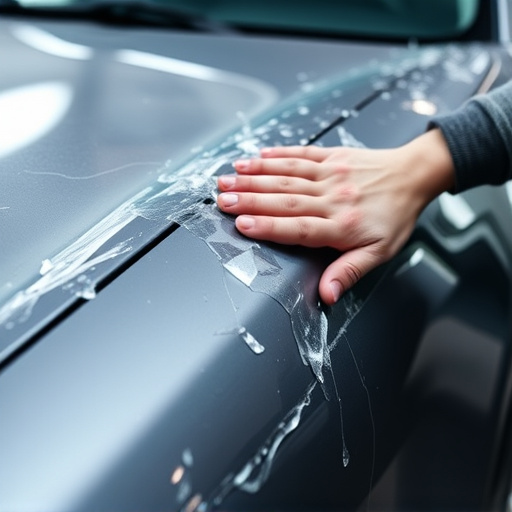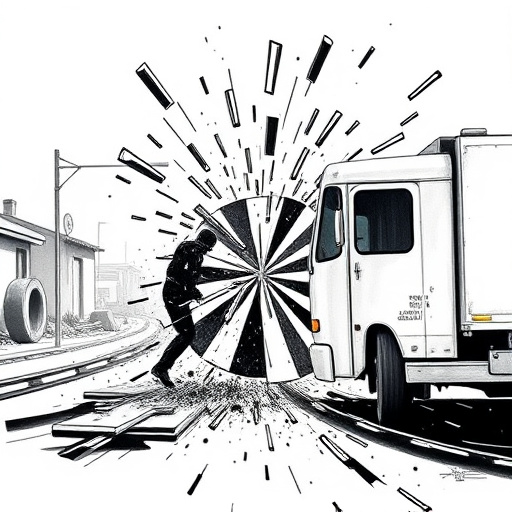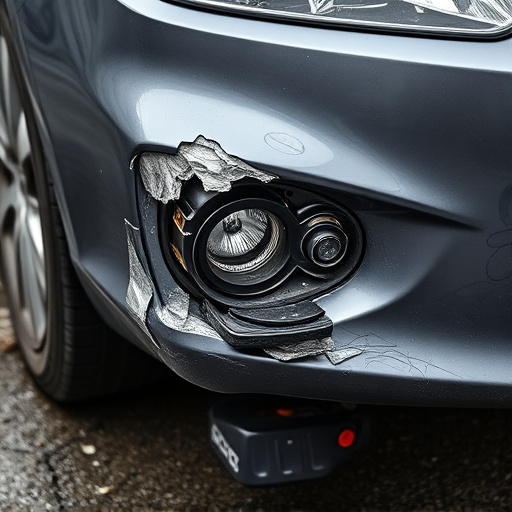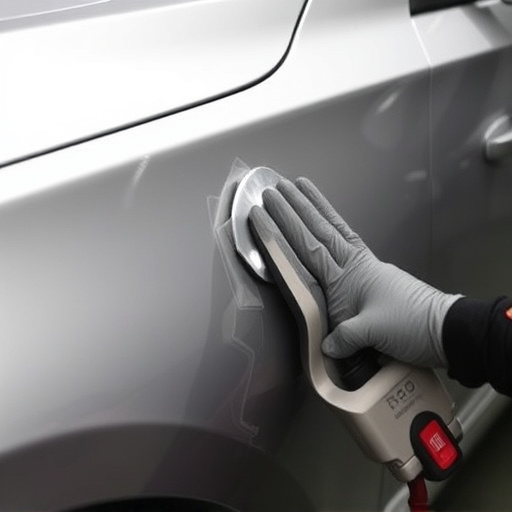After a collision, a thorough alternator inspection is crucial for accurate auto body repair. Experts should check for internal wear, fluid leaks, electrical issues, and misalignment, as these can impact the alternator's performance and overall vehicle functionality. Quick action ensures your car's charging system works optimally during recovery, preventing further damage and keeping it running smoothly.
In the chaos following a collision, one critical aspect often overlooked is the state of your vehicle’s charging system. Common charging alerts post-impact can signal various issues, with the alternator playing a pivotal role in both causing and mitigating problems. Understanding these alerts is essential for safe and effective post-accident procedures. This article explores alternator inspection after accidents, offering insights into diagnosing and addressing charging system issues to ensure your vehicle’s optimal performance and safety.
- Understanding Common Charging System Alerts Post-Collision
- The Role of the Alternator in Vehicle Charging and Its Importance After an Accident
- Post-Accident Procedures for Diagnosing and Addressing Charging System Issues
Understanding Common Charging System Alerts Post-Collision
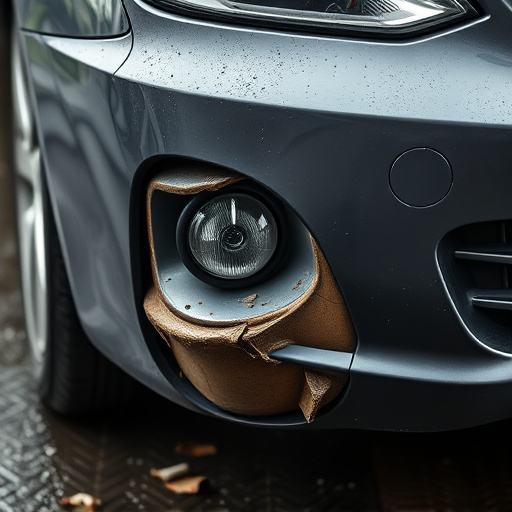
After a collision, it’s crucial to understand the alerts from your vehicle’s charging system. The alternator, responsible for generating electricity and keeping the battery charged, can suffer damage during an accident. Common alerts include unusual noises, like whining or grinding, indicating internal wear or misalignment.
An essential step in post-accident maintenance is a thorough alternator inspection. If you’ve experienced a collision, consider professional services that offer not just fender repair but also car paint services and car paint repair to ensure your vehicle’s aesthetic and functional integrity. During this inspection, technicians will assess for any signs of damage, check the electrical connections, and determine if a replacement is needed. Prompt attention to these alerts can prevent further complications and help keep your vehicle running smoothly.
The Role of the Alternator in Vehicle Charging and Its Importance After an Accident
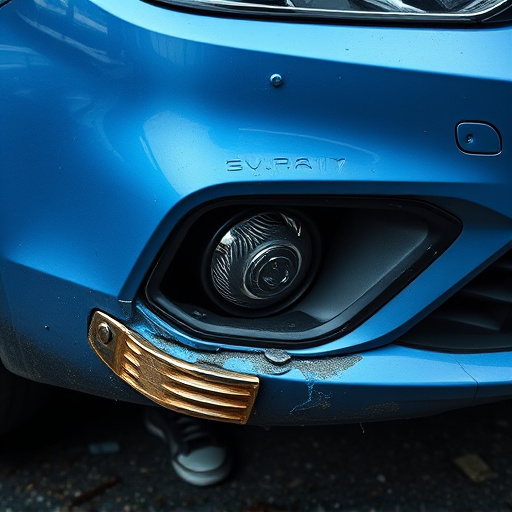
After a collision, one of the critical components to assess during an alternator inspection after accident is the health and functionality of the alternator. Serving as the heart of a vehicle’s charging system, the alternator generates electrical power necessary for various components, especially during operation. In the event of a mishap, it plays an even more vital role in ensuring the car’s battery stays charged, enabling essential systems to function correctly. This is particularly crucial for those involved in auto body repair and fender repair processes, as it can greatly impact the overall car restoration efforts.
A thorough alternator inspection after an accident becomes essential due to potential damage that could impair its ability to charge efficiently. Despite being robustly designed, accidents can cause internal wear, fluid leaks, or even electrical shorts, all of which may go unnoticed without proper evaluation. Therefore, during the initial assessment stage, auto body repair experts should meticulously check for signs of trauma, perform necessary diagnostics, and consider repairs or replacements to guarantee optimal performance moving forward.
Post-Accident Procedures for Diagnosing and Addressing Charging System Issues

After a collision, it’s crucial to follow specific post-accident procedures when diagnosing and addressing charging system issues. The first step should be a thorough alternator inspection after accident. This involves checking for visible damage, leaks, or any loose connections that could impact its functionality. Auto repair services professionals recommend inspecting the alternator belt, wiring, and components for signs of wear or tear. If the alternator appears damaged, it’s essential to replace it as soon as possible to prevent further complications.
Additionally, during this process, car repair services experts should assess other interconnected systems such as the battery and voltage regulator. A comprehensive evaluation ensures that any charging system issues are accurately identified and resolved. By adhering to these meticulous steps, vehicle restoration can be more effective, minimizing downtime and potential long-term damage.
In light of the above discussions, it’s clear that a thorough alternator inspection after an accident is paramount. The alternator, a crucial component in vehicle charging systems, plays a vital role in maintaining optimal battery health and performance post-collision. Understanding common charging system alerts and implementing the right post-accident procedures can help ensure accurate diagnosis and effective resolution of any issues, ultimately facilitating safer and more efficient driving.



